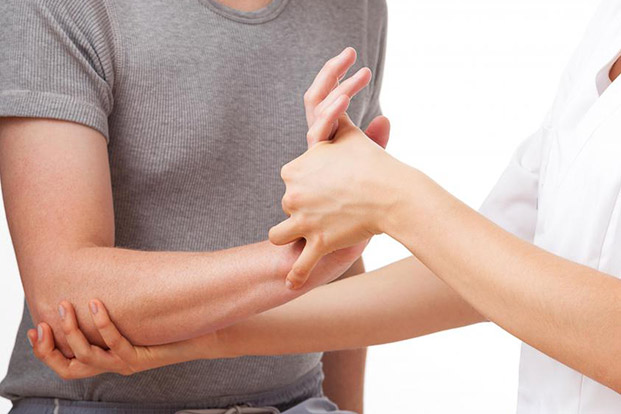Categories
- Bariatric Surgery (11)
- Black Fungus (5)
- Bone Marrow transplant (3)
- Brain Tumor Surgery Navigation Technology (20)
- Cardiac Surgery (66)
- Cardiology (97)
- Computer navigation technology for joint replacements (20)
- Covid Vaccination (17)
- Critical Care (2)
- Dental (19)
- Dermatology (31)
- Dialysis Support Group - “UTSAAH” (11)
- Dietitian (33)
- Emergency Medicine (4)
- Emotional Health (11)
- Endocrinology (33)
- ENT (20)
- Gastroenterology and GI Surgery (53)
- General and Laparoscopic Surgery (21)
- General Surgery (4)
- Gynecology & Obstetrics (183)
- Hematology (20)
- Internal Medicine (294)
- Kidney Transplant (50)
- Kidney Transplantation (20)
- Lung Cancer (8)
- Minimal Invasive Surgery (1)
- Mother & Child (20)
- mucormycosis (5)
- Nephrology (61)
- Neurology (147)
- Neurosurgery (68)
- Nutrition and Dietetics (107)
- Omicron Variant (1)
- Oncology (288)
- Ophthalmology (10)
- Orthopaedics & Joint Replacement (86)
- Paediatrics (59)
- Pediatric Nephrology (3)
- Physiotherapy (5)
- Plastic & Reconstructive Surgery (6)
- Psychiatry and Psychology (90)
- Psychologist (28)
- Pulmonology (72)
- Rheumatology (13)
- Spine Services (21)
- Transradial Angioplasty (16)
- Urology (84)
Query Form
Posted on Apr 19, 2022
Exercising with Arthritis
The knee joint is designed for mobility and stability, it functionally lengthens and shortens the lower body to move the foot in space .Along with the hip and ankle it supports the body in standing position. Its primary function is walking, climbing and sitting activities.
Osteoarthritis , rheumatoid arthritis and recurrent trauma to the knee can affects the articulations of the knee joint. Decreased flexibility and adhesions develop in the joints and surrounding tissues any time the joint is immobilized for a period of time it leads to weakening of the quadriceps muscles.

Osteoarthritis , also known as degenerative joint disease commonly affects the weight bearing joints. One third of the Indian population above 65 years with increased weight, pain, weakness and limitation of joint movement are classic to be affected by OA.
Rheumatoid arthritis usually manifests in the hands and feet first. As the disease progresses knees are also involved. The joints become warm, swollen and limited motion develops.
Common Functional Limitations in Joint Pain:
In the advance stages of degeneration there is pain during the movement, weight bearing and walking. This pain may interfere with routine household and other communal activities. As the disease progresses it becomes difficult to sit , stand bend down and in the end there is a least participation of activities in the daily life.
Protection from Joint Pain:
Its important to control pain and protect joints from further damage and for that patients education plays a very important role. Patients should be taught bed positioning to avoid further damage. It is also to maintain joint mobility and muscle strength. Also safe functional activities reduce stresses on the knee.
Functional adaptations of Joint Pain :
- Minimize stair climbing
- Use elevated seats on commodes
- Avoid deep seated chairs like sofa
- If necessary during acute pain have the patient to use of crutches, canes or a walker to distribute the load through the upper body while walking
- Maintain joint mobility by doing range of motion exercise with in pain free range which can be done in sitting, lying or in the swimming pool
- When strengthening exercises for knees are selected , implemented, and progressed the stability of the knee is the primary concern.
- After stability is well established coordination and endurance are emphasized .Low resistance and high intensity activities are most effective. Contact a Physiotherapist to help you in the process.



